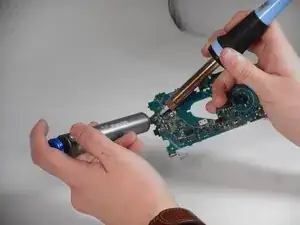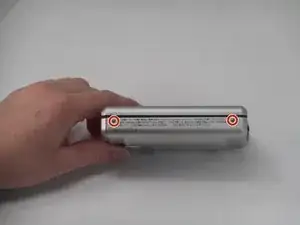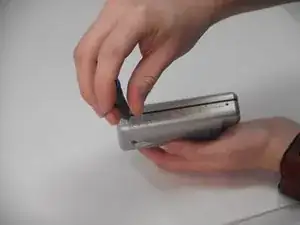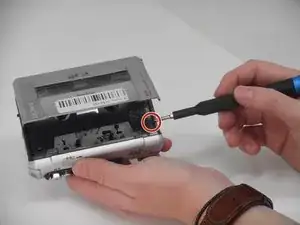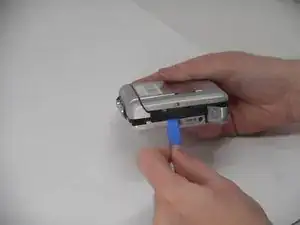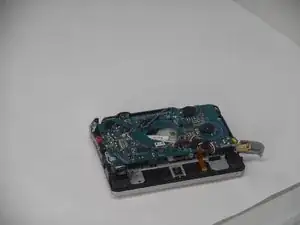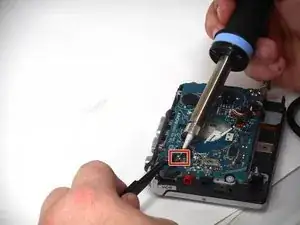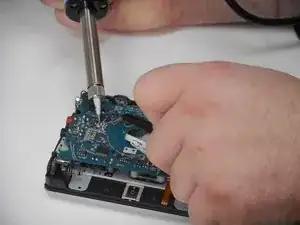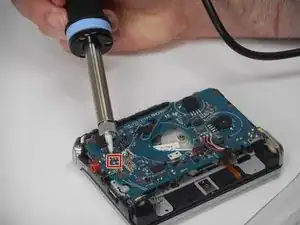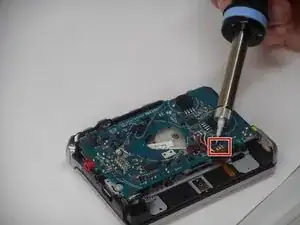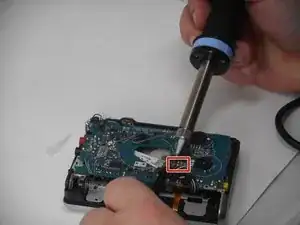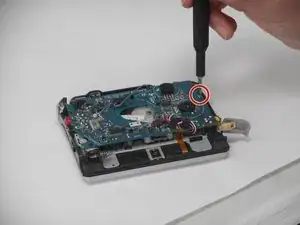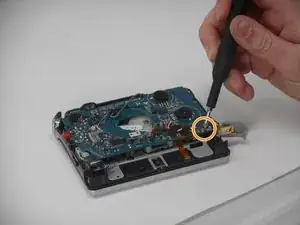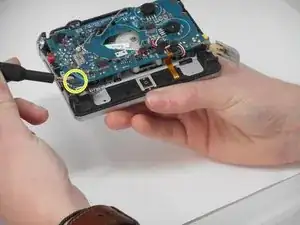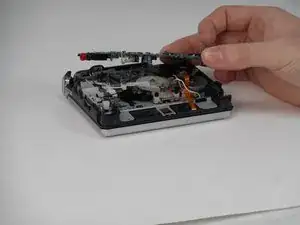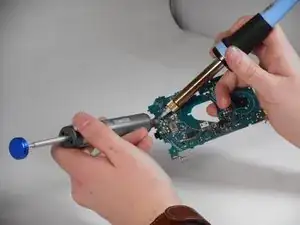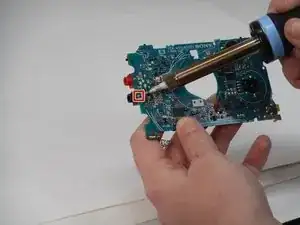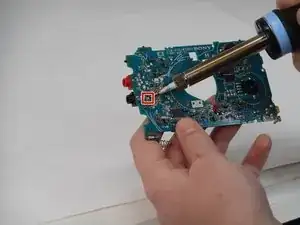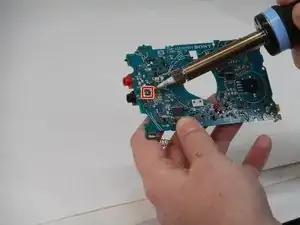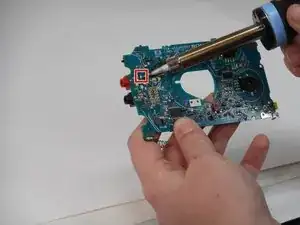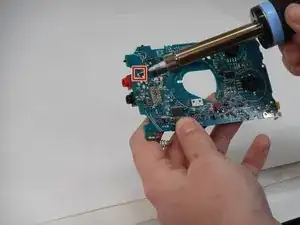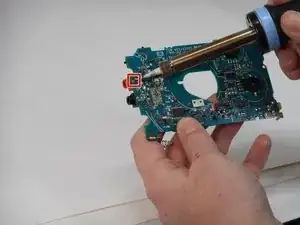Introduction
If the microphone or audio jacks are not working on your Sony TCM-450 or TCM-450DV, then this guide will tell you how to replace them. The microphone input and audio output are some of the two most important parts of the TCM-450, as the microphone allows you to record yourself or other objects on the tape recorder and the audio output port allows for the use of headphones.
When desoldering the audio output and microphone input you should use some kind of clamp to hold the PCB.
You must be careful when desoldering as there are components that are very close to audio output and microphone input, and you can end up desoldering the components. If this happens you will have to solder the components back on, which can be very difficult even for the most experienced professional. You must be careful when removing the parts as you don't want to rip anything out in the process. The order does not matter, and you do not need to remove one before the other.
Tools
-
-
Open the lid, and carefully remove the two 9.7 mm Phillips #0 screws from the inside of the front cabinet.
-
-
-
Carefully remove the three inner screws as shown from the circuit board to loosen it.
-
Remove the following screws in this order:
-
A 3.4 mm Phillips #00
-
A 4.6 mm Phillips #00
-
A 9.7 mm Phillips #0. To remove this screw you must lift the PCB at the same time.
-
-
-
For both the microphone input and audio output, use a desoldering pump for all three solder points. Use the technique here for all of the soldering points.
-
To use the desoldering pump create a suction over the solder point and after the solder has melted press the button on the pump like shown in pictures.
-
-
-
Desolder the third and fourth point connecting the audio output port.
-
After removing all of the solder, gently remove the audio output.
-
-
-
Desolder the first solder point connecting the microphone input port.
-
After removing all the solder then gently remove the microphone.
-
To reassemble your device, follow the above steps in reverse order.
Take your e-waste to an R2 or e-Stewards certified recycler.
Repair didn’t go as planned? Try some basic troubleshooting or ask our Answers community for help.
